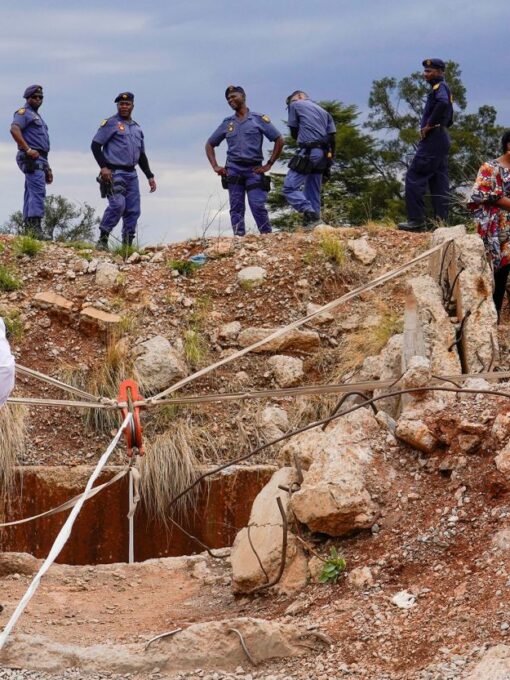David Adjaye is the definition of “Afropolitan”. Son of a Ghanaian diplomat, the man was born in Tanzania, grew up in Egypt, Yemen and Lebanon before moving to Great Britain. Shortly after his diploma from the Royal College of Art, David undertook a 10 year research project to document the architecture of every African capital city. Nonetheless, his achievement is not concealed to African vibe, the planetary creature as he likes to call himself was selected as a team of architects to design the new Smithsonian National Museum of African American History and Culture in DC. You can also discover his touch at the Nobel Peace Center in Oslo, the Skolkovo Moscow School of Management and so on. The Visiting Professor at Princeton University School of Architecture accepted to answer few questions for us.

What are your major influences?
My work is influenced by the specifics of culture, place, geography and so on. If there is a unifying element, it might perhaps be my approach to light and its treatment as a primary material. I seek to find the soft nuances that people disregard. So I find that even if I may want to, it’s almost impossible to make the same project again.
You are an international architecture star but you are also one of the most prolific architects on the African continent, what brings you back all the time?
I am rooted to Africa. My upbringing and my heritage have shaped my appreciation of space and have motivated me to return to Africa, to learn and to work. When I undertook my research on African Cities, I realized that geography conditions communities, cities, and societies that in turn
form a place. Things like history, place, and patterns are a very important part of the matrix, and it is something that plays out across all of my work.
Most African cities seem to lack a global urban planning. What is your opinion about it?
Short-termism can certainly hinder development. Private investment is crucial, yet is rarely associated with aesthetics and is more focused on profit. It is therefore vital that architects are involved to create the models that will gene- rate the chain reaction of a new, environ- mentally smart contemporary aesthetic.
Moving forward, I believe it is crucial to deconstruct the idea of the nation state and instead, to discuss the development of urbanism in Africa with reference to regional specificity.


 The Long Wait for Justice in Kenya’s Police Violence Cases
The Long Wait for Justice in Kenya’s Police Violence Cases  The Human Cost of Illegal Mining in South Africa
The Human Cost of Illegal Mining in South Africa  Everything Prince Harry and Meghan Markle Did On Their Visit To Nigeria (Including That Secret Stop)
Everything Prince Harry and Meghan Markle Did On Their Visit To Nigeria (Including That Secret Stop)  Twins and Models Battle the World’s Most Common Genetic Disease: Sickle Cell
Twins and Models Battle the World’s Most Common Genetic Disease: Sickle Cell  Call me “Thandiwe” because that’s my name.
Call me “Thandiwe” because that’s my name.  Sonia Roland Questioned In Gabon Fraud investigation
Sonia Roland Questioned In Gabon Fraud investigation  Africa is Still Waiting In the Back of the Line for The Covid Vaccine
Africa is Still Waiting In the Back of the Line for The Covid Vaccine